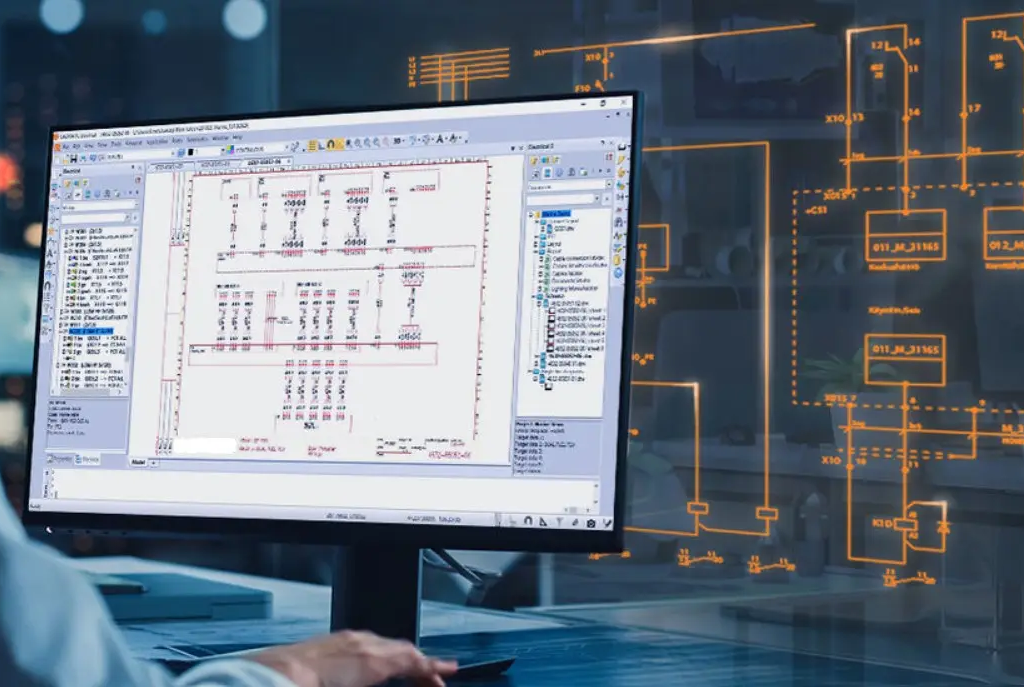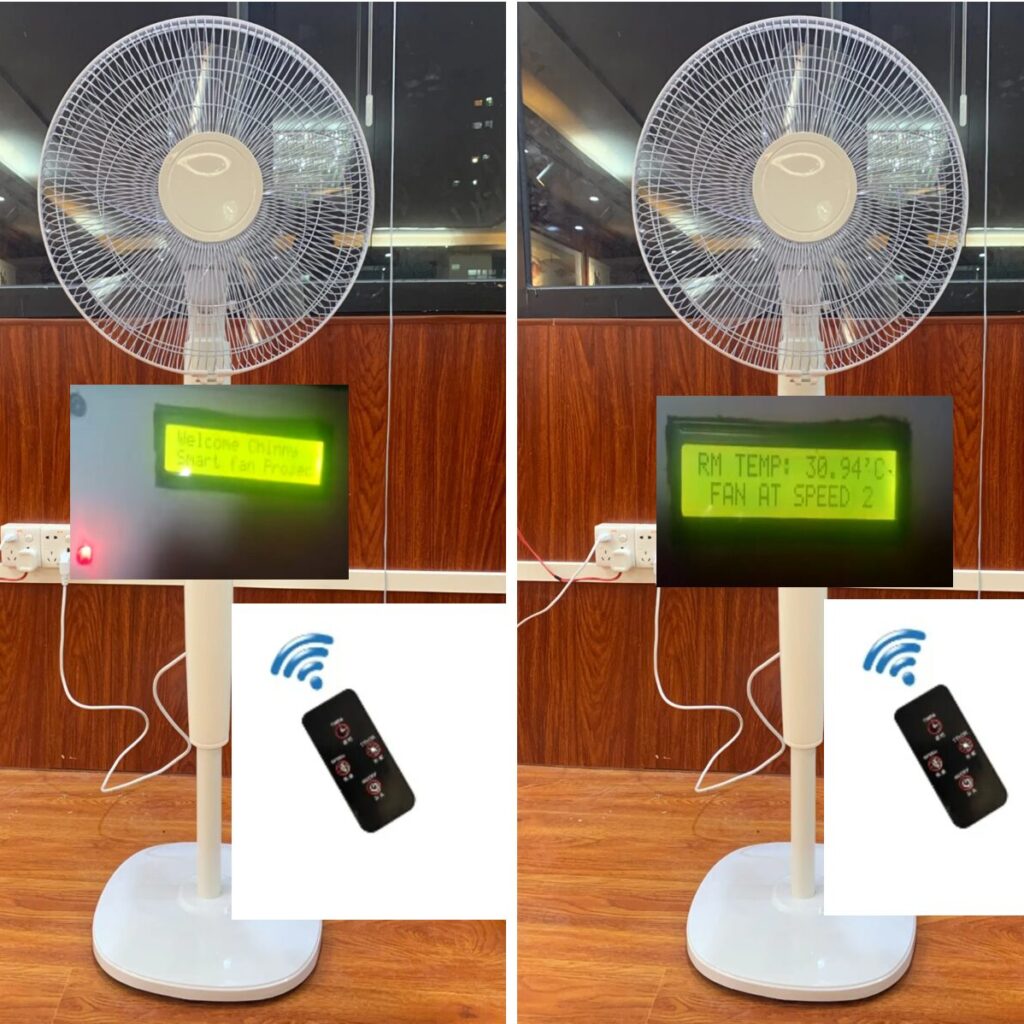Introduction
Software for Electrical Machine are you tired of trial-and-error with electrical systems? Let’s face it designing and controlling electrical machines isn’t exactly plug-and-play. But the right software? That’s your game-changer. Whether you’re an engineer, student, or researcher, having the right simulation tools can save time, money, and loads of frustration.
Why Simulation Software Matters
Think of simulation software as a crystal ball. It lets you see how your machine behaves before you even build it. No sparks. No smoke. Just pure data.
Real-Time Modeling: Why It’s a Must
Ever tried testing a motor system manually? Tedious, right? Real-time modeling gives you the ability to tweak, test, and tune systems instantly without ever touching hardware.
Key Features to Look For
1. User-Friendly Interface
You don’t want to wrestle with clunky menus. Smooth navigation equals less headache.
2. Support for Multiple Machine Types
Induction motors, synchronous machines, BLDCs you want software that covers them all.
3. Co-Simulation Capabilities
Mixing MATLAB with Simulink? Or Simulink with ANSYS? That’s co-simulation magic.
4. Customization & Scripting
Want to tweak parameters? Add your own control logic? Look for Python or MATLAB integration.
5. Real-World Components
Libraries with real-world motors, drives, and sensors can save hours of modeling.
Top Picks: Best Electrical Machine Simulation Software
MATLAB/Simulink
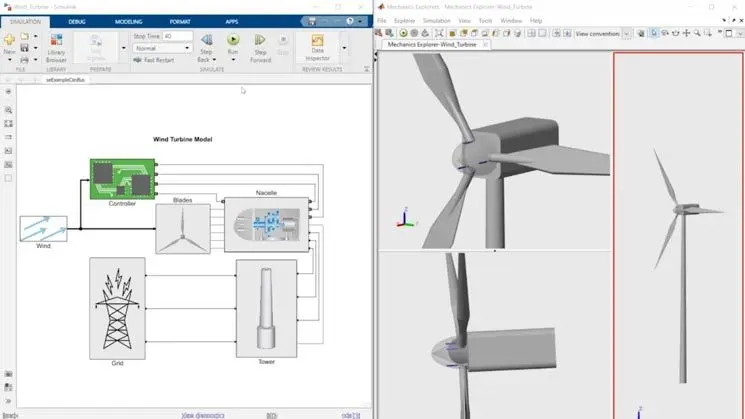
This one’s the industry darling. With Motor Control Blocksets, it’s like a sandbox for engineers. Drag. Drop. Simulate. Boom.
ANSYS Maxwell
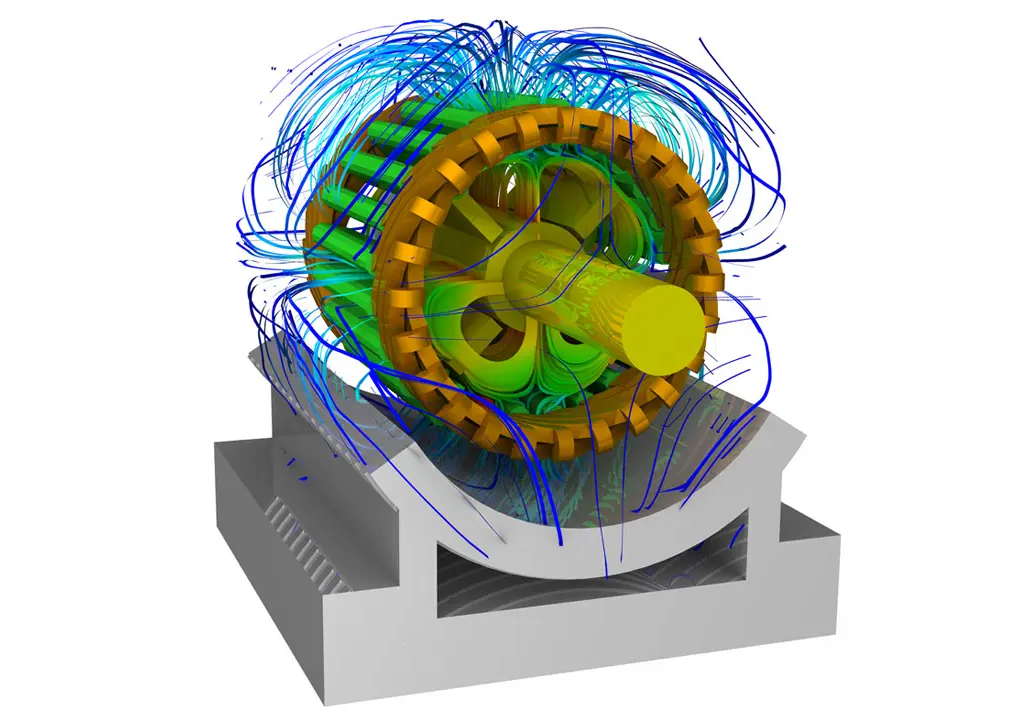
Great for electromagnetic field simulation. Want precise torque calculations? This one’s a beast.
PSIM

Fast, accurate, and made for power electronics. Great for students and pros alike.
Plexim PLECS
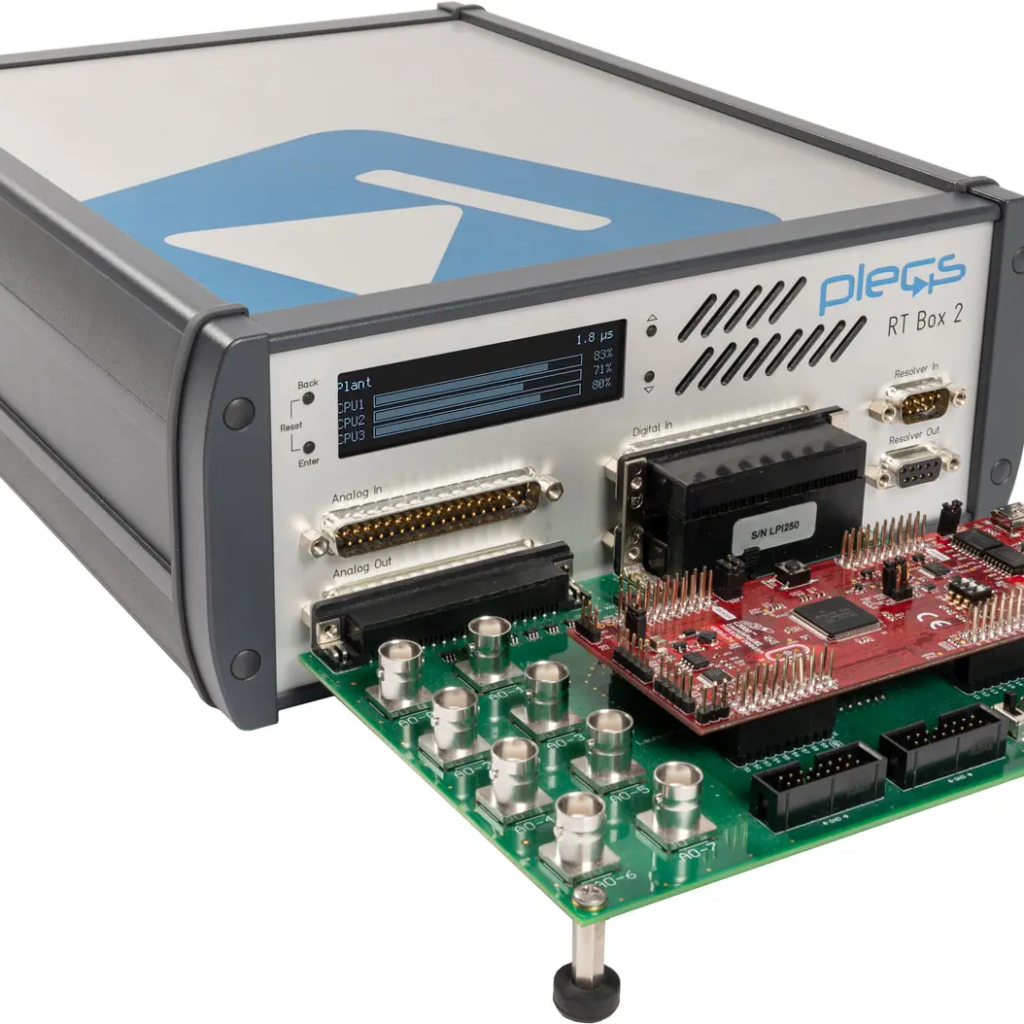
Ever heard of fast-switching converters? PLECS eats them for breakfast.
Altair Flux
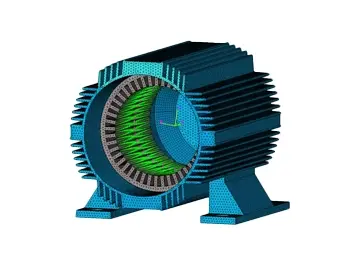
Handles complex geometries and motion simulations like a champ. Great for motor design.
AI Business Ideas: How to Ride the AI Wave and Launch Your Dream Venture
JMAG
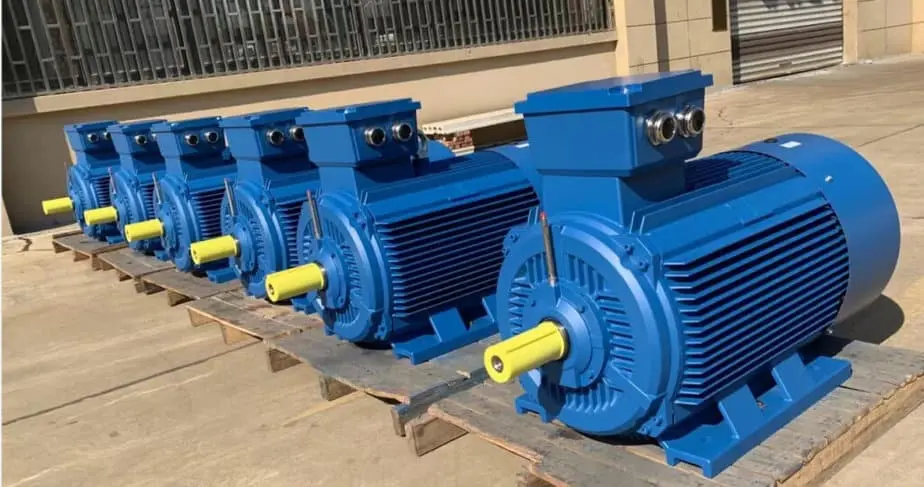
This Japanese powerhouse is precise and perfect for electric motor development.
Simulation vs. Control: What’s the Difference?
Simulation tells you what will happen. Control tells the system what to do. You need both like a GPS (control) guiding you through a map (simulation).
Benefits of Using the Right Software
- Speeds up prototyping
- Cuts down on physical testing
- Reduces errors
- Enhances learning and innovation
Who Uses This Software?
From Tesla engineers to electrical engineering students, everyone who touches motors or machines needs a simulation sidekick.
Tips Before You Choose
- Check licensing costs
- Try demos
- Read user reviews
- Look for community support
Don’t Forget Training Resources
Look for tools with tutorials, forums, and documentation. Trust me it’s a lifesaver when you’re stuck.
Wrapping It Up
Electrical machine simulation doesn’t have to be rocket science. With the right software, it becomes a smooth ride. So whether you’re controlling a wind turbine or just experimenting with a servo motor, the right tool can make all the difference.
FAQs
1. What is the best software for electric motor control design?
MATLAB/Simulink is widely considered the best for its flexibility and powerful motor control libraries.
2. Can I simulate 3-phase motors in PSIM?
Absolutely! PSIM offers robust tools for 3-phase motor simulation, ideal for both beginners and experts.
3. Is ANSYS Maxwell beginner-friendly?
It’s more advanced, but with tutorials and practice, it becomes manageable even for students.
4. Which software is best for co-simulation with Simulink?
PLECS and PSIM both offer great co-simulation options with Simulink.
5. Are there any free options for electrical machine simulation?
Yes! Tools like LTSpice and Scilab offer basic simulation capabilities at zero cost.
